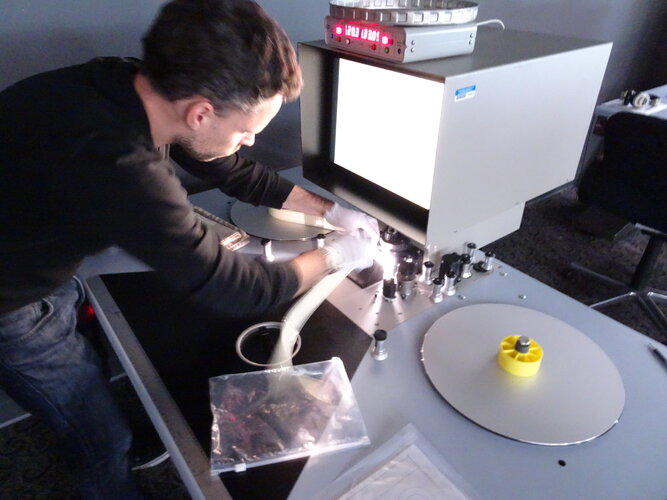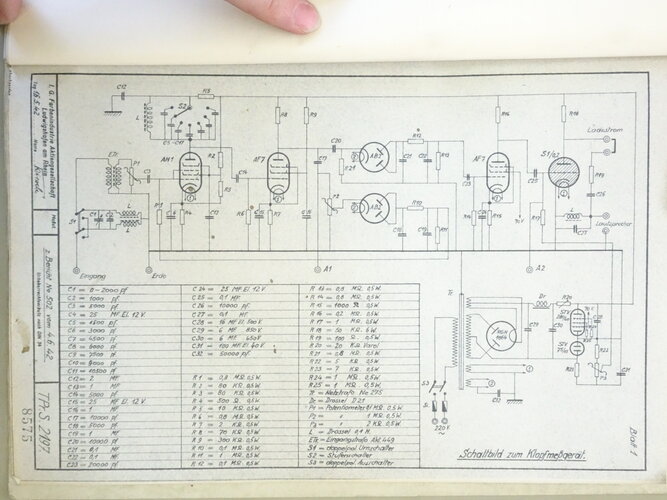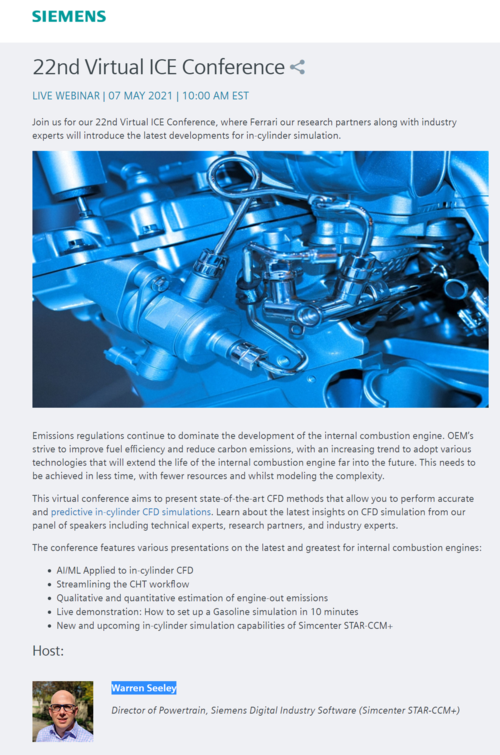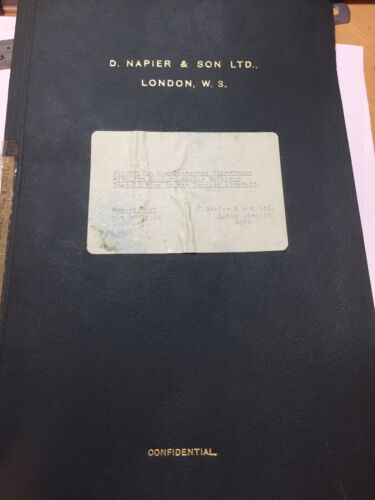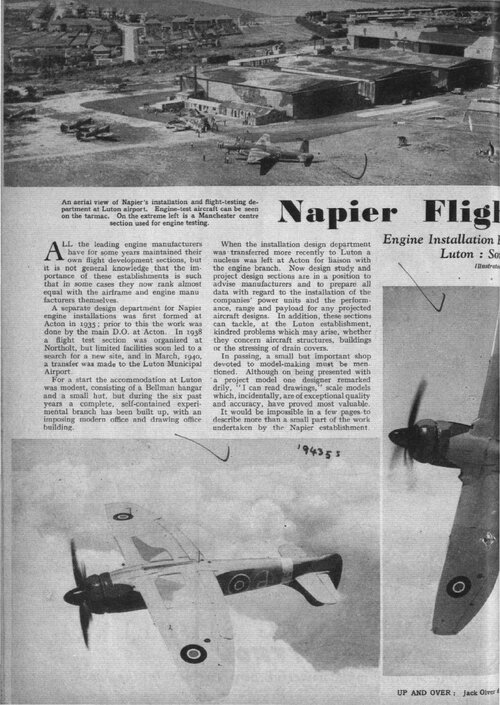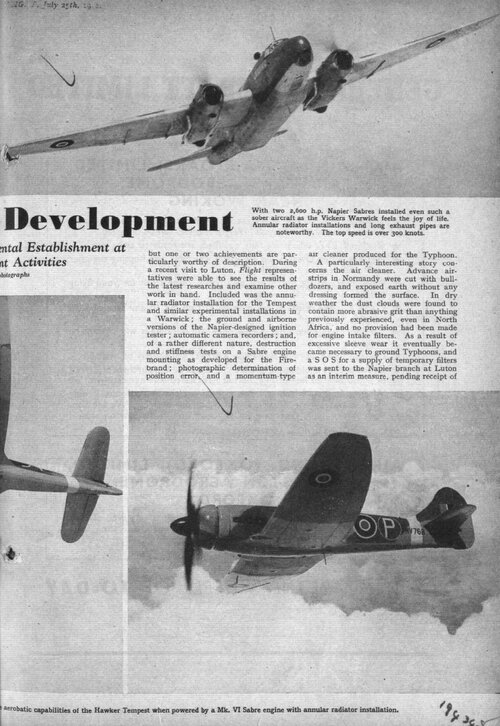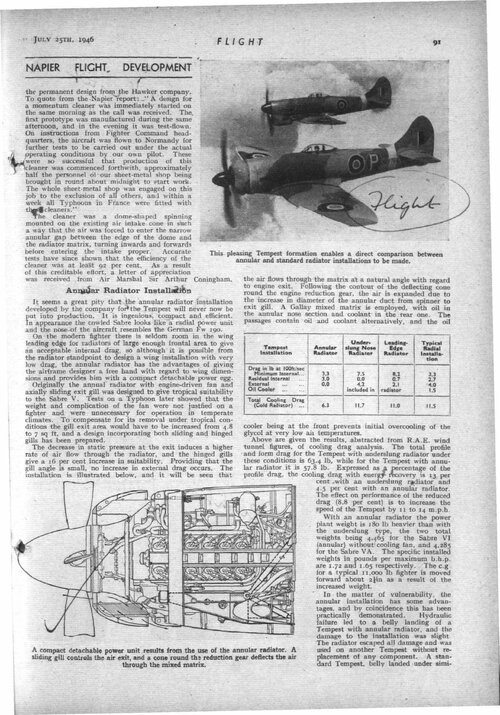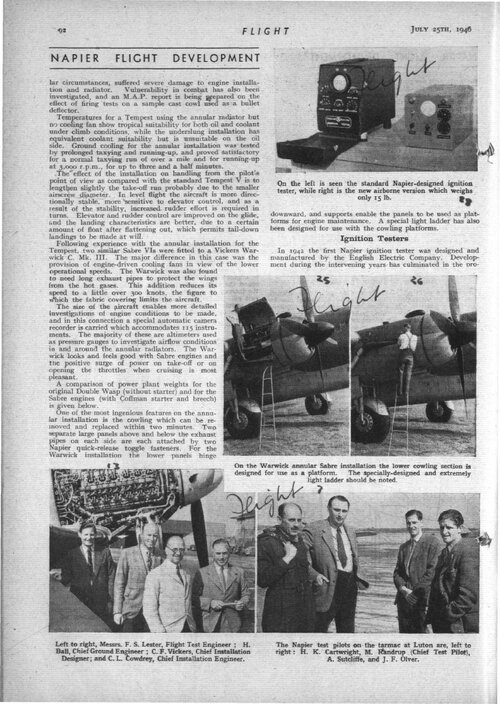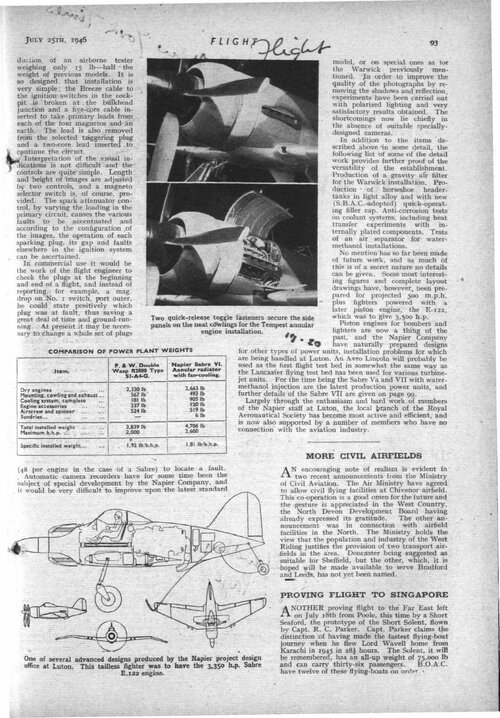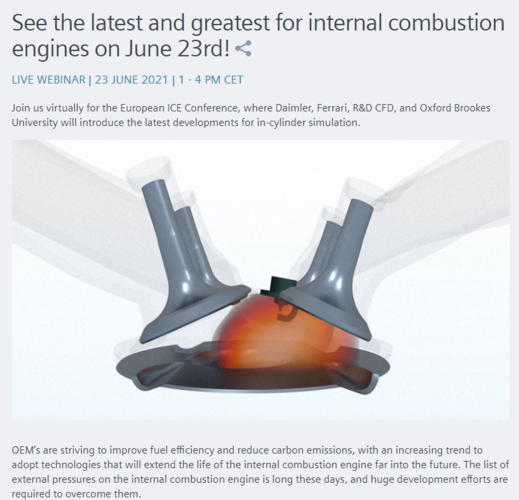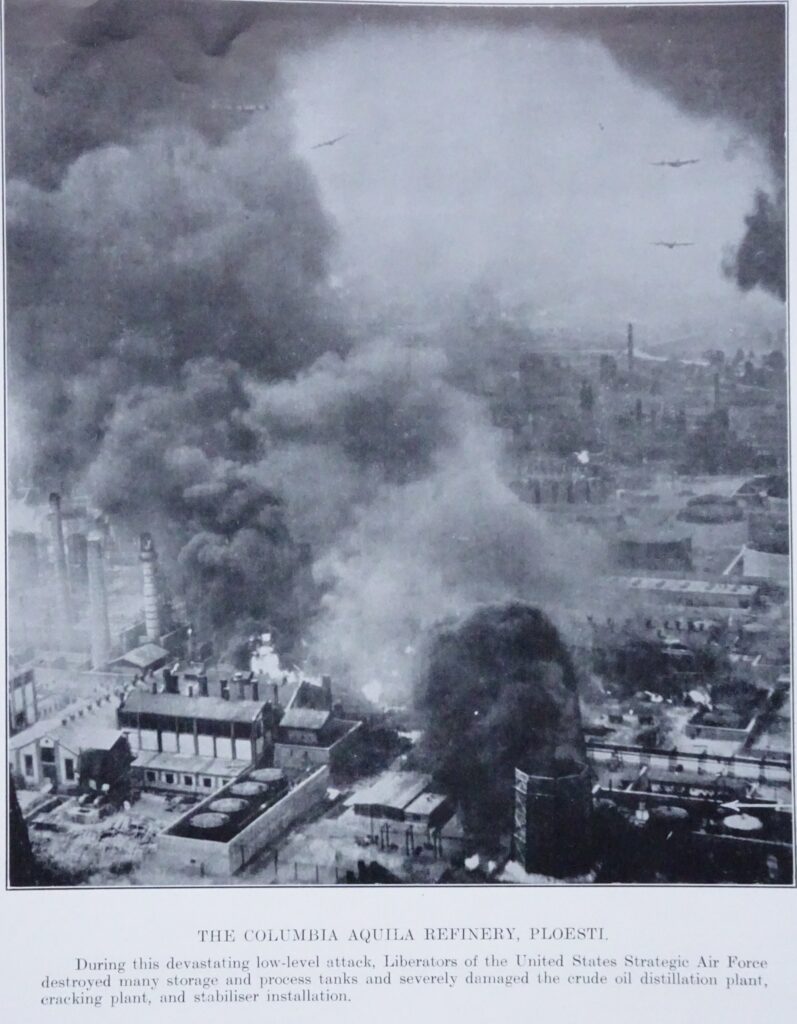Another aside if I may. Google was sued by authors for copyright infringement. I post the following only to substantiate my claim:
 www.authorsguild.org
www.authorsguild.org
In the present, I continue to find infringing websites that have illegally copied, and offer for sale, books produced by the company I work for.
On a prominent website, the history of my company is given, complete with glaring inaccuracies. But, since any idiot has access, at least one attempt by a person within my company to remove those inaccuracies has resulted in unnamed pesons simply putting them back. The internet can be used for bad ends in terms of muddying the waters between fact and fiction.
Authors Guild v. Google Settlement Resources Page - The Authors Guild
October 28, 2008. On this page, we've gathered documents and links that will be of interest to authors and others regarding this settlement.
In the present, I continue to find infringing websites that have illegally copied, and offer for sale, books produced by the company I work for.
On a prominent website, the history of my company is given, complete with glaring inaccuracies. But, since any idiot has access, at least one attempt by a person within my company to remove those inaccuracies has resulted in unnamed pesons simply putting them back. The internet can be used for bad ends in terms of muddying the waters between fact and fiction.

